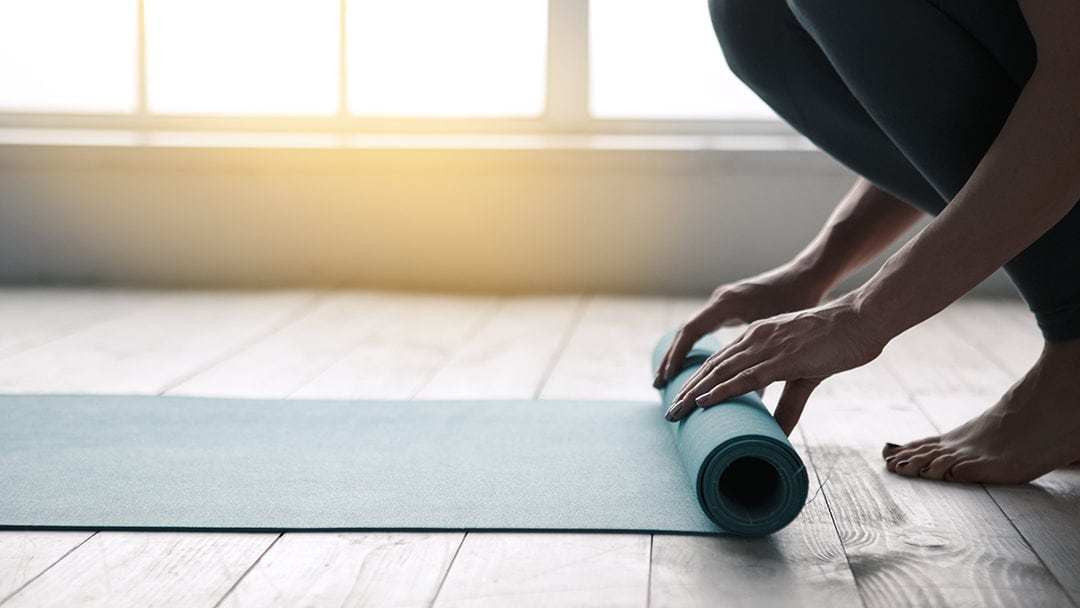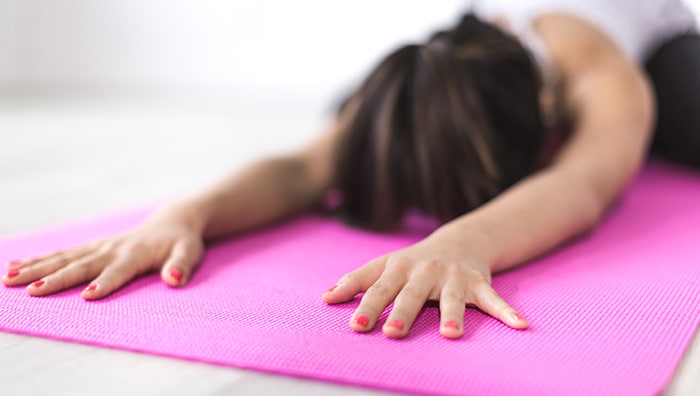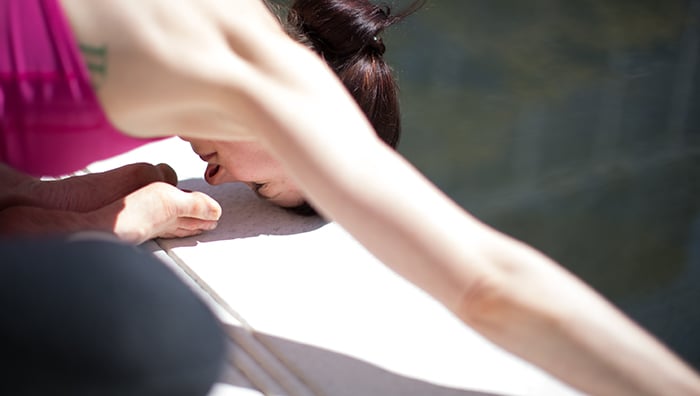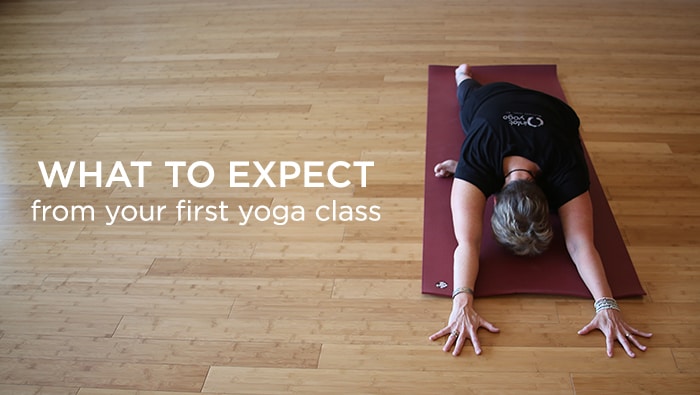
by Maribeth | Sep 10, 2017 | Recipes
While it feels good to feel your energy flow with like minded individuals when practicing asana, yoga is so much more than that; yoga goes beyond the mat. An inspirational group of people can support and inspire you to keep moving forward both on and off the mat.
Here are some other reason why having a yoga community is important:
-Sharing support, comfort and inspiration with other like-minded people with similar goals helps you grow internally
-You get the opportunity to do the work of a yogi and treat others with respect and kindness
-Knowing you are not alone will help keep you coming back to the mat with gratitude
-The more you practice all the realms of yoga, the closer you come to your ultimate happiness
-Your yogi friends are there to cheer you on when you are tired, inspire you when you feel stuck, and introduce new ideas for inspiration
Come and “be” with your Inlet Yoga community in sangha (the coming together of community) at a Potluck Picnic at North Litchfield Beach, access #51 on Saturday, Sept. 16, 2017 from 2:00 pm – 6:00 pm. Click here for more information.

by Maribeth | Sep 10, 2017 | Recipes
Not only can a consistent yoga practice lead to lasting results, it can help to prevent future problems. A regular yoga practice can help address mental and physical ailments and prevent future complications because it keeps your body and mind flexible and healthy.
Here are some of the benefits of a consistent yoga practice:
-breath awareness, which helps maintain energy, strength, and relieves stress
-spine flexibility and healthy connective tissue
-helps you remain calm, present and mindful, which is helpful while coping with times of stress or illness
-relief from physical discomforts due to improved posture and circulation
-improvement in how your brain processes neurotransmitters; enhances endorphins and dopamine (literally makes you “feel good”)
-boost self-confidence, makes you feel accomplished and empowered so you are less likely to engage in unhealthy habits that prevent you from living a happy, healthy life
-clears your head so you can find balance
These are just some of the benefits of a consistent yoga practice. Keep in mind that the key word here is consistent. Consistency is the key to receiving the full benefits of yoga, to being the best version of you that you can be.
Join your friends at Inlet Yoga as we celebrate National Yoga Month by joining our 30-day Yoga Challenge! Use the opportunity to celebrate the gift of yoga as you kick-start your own consistent practice. Click Here to sign up.

by Maribeth | Aug 27, 2017 | Recipes
High blood pressure is a common medical condition in the Western world and if left untreated can cause severe damage to the body in the form of heart attacks, strokes, kidney failure, and even dementia. There is controversy over whether sustained stress leads to hypertension because in some cases people who are stressed have blood pressure (BP) that is fine, while there are others who seem laid-back who have dangerously elevated BP. However, there is no controversy about the idea that stress can lead to lifestyle choices that can contribute to a rise in blood pressure. People who are more stressed are more likely to do the following, all of which are a contributing factor to increasing BP:
-skip exercise
-indulge in unhealthy foods
-drink alcohol
-smoke cigarettes
The benefits of yoga’s stress-lowering attributes can actually help reverse the tendencies above and promote lifestyle choices that are healthier. Yoga tends to encourage people to want to take better care of themselves by promoting the following:
-cardiovascular exercise
-weight loss
-natural ease of the body
-peace of mind
-self study
-awareness of breath, body, mind, and environment
Through yoga you can learn to be aware of stress triggers and learn techniques that will help you respond to the triggers in a way that can help you relax, feel good, and come back to the stressful situation with a new perspective. With awareness and understanding of the inner self and environment, people tend to treat themselves kinder; it feels good to feel good!

by Maribeth | Jul 29, 2017 | Recipes
Nearly everyone experiences back pain at one time or another. In the recent past, bed rest was the standard approach to healing back pain. However, with recent scientific discoveries, doctors are now recommending that people engage in gentle activity. An integrative approach (mind/body) to healing back pain is also now more common. It is no wonder why yoga has proven to be a great way to treat your back challenges. Here are just some of the benefits:
Asana (postures) improves circulation and delivers oxygen and other nutrients to disks in the back.
Prana (breath) helps to combat an overactive stress-response, leading to relaxation of muscles in the back.
Awareness (paying attention) leads you to be attentive to your posture and alignment.
If you would like to learn more about using an integrative approach to dealing with your back pain challenges, join Maribeth MacKenzie, Certified Yoga Therapist (IAYT), for Wall to Ball class at Inlet Yoga.

by Maribeth | Jun 13, 2017 | Recipes
Have you always thought about starting a practice and didn’t know where to start?
I remember my first class. I was training for my first Biathlon. I knew I needed to stretch. So I started my search looking for a class close to home. I found one at a local community college. I remember clearly how I felt at the end of class…EUPHORIC! While walking back to my car I stopped in my tracks and looked down. I felt like I had been walking on a tread mill that was moving and I was standing still! Yup right there yoga grabbed my attention. I knew that there was something there that I needed in my life. I knew I wanted more. I knew I needed to find a studio. And I did. Summit Yoga Studio in Summit, NJ.
To make a long story short, I started practicing there, I found my first teacher there, Alex Shipman, I met Beryl Bender Birch there, I started teaching there, AND I fell in love with Ashtanga vinyasa there. Believe it or not is was as simple as that. Once you find your hOMe studio all you have to do it show up and do the work…one grateful breath at a time…it’s that simple. Here are a few things to help you simply find your hOMe on the mat.
You’ll Need a Mat
We have mats that you can borrow. However, you might want to consider bringing your own. Less expensive mats can be found at TJ Maxx or Target. Once you decide you are all in and want to commit to the practice of yoga, you might want to consider purchasing one that is made by Manduka. I’ve had my original Pro for nearly 17 years. It has seen a LOT of work! Although they are more expensive, they are worth it! It will be MUCH more comfortable and last a LOT longer.
Choose Your Class
It is important to select the class that is right for you when you try yoga for the first time. If you have not been too active in a while we recommended that you start with a beginners, or gentle class. You can also look for a class that is open to all levels of practitioners. In an all level class, the instructor will offer modifications for beginners and more challenging variations of poses for experienced practitioners. And it is a good idea to arrive 10-15 minutes for class begins in order to get yourself settled.
What to Wear
You will want your clothing to be comfortable and loose enough that you can move easily, but not so loose it gets in the way. A tank top or tee shirt with leggings is a good choice for women and a t-shirt and shorts with an elastic waist for men. It is customary for people to practice yoga in bare feet.
Getting Settled In the Yoga Room
All you need to bring into the room is your mat, water, and a towel if you think you will be sweating. You should not bring your phone or any other belongings into the yoga room (so that you can disconnect and focus inward) and you will need to leave your shoes outside of the room. Once you roll out your mat, you can ask your teacher if you will need any props to guide your practice (blocks, strap, blanket, bolster) and sit down and relax quietly or get to know the yogis around you. Keep in mind as you move around the room that it is considered proper etiquette not to step on anyone else’s mat and to keep your voice volume low as some yogis may come in early to relax in the peace and quiet.
What’s Next?
In order for yoga to be truly effective, you must make it a routine. Try practicing at least twice a week and see how you feel. Most likely, you will find improvement in strength and flexibility. You will might also find that you are more calm and relaxed and that you are sleeping better. Communicate with your teachers if you have concerns or questions and learn to be comfortable with the uncomfortable.
To learn more about the fundamentals of yoga, including the most common postures, how to breathe in a pose, the use of props, and class and studio etiquette, join your friends at Inlet Yoga for:
Intro to Yoga Workshop
Saturday, June 17 from 2:00 pm – 4:00 p.m.

by Maribeth | Jun 4, 2017 | Recipes
Engaging in outdoor sensory experiences is an important part of Ayurveda because it is believed to help heal the body and mind. Spending time and being mindful in nature can balance your dosha and promote well-being. Here are some examples of outdoor sensory experiences that can help you balance your dosha, or mind-body type:
Balance Vata
If you find that your mind is racing and you can’t settle it, you may be feeling ungrounded. When this happens, embrace earth’s stability. Go for a walk on the earth, grass, or sand (preferably barefoot) while being mindful of your feet. Allow them to absorb the nourishment and stability that the earth offers you. Lay on the ground, and as the rays of the warm sun blanket you, remember that it is the source of life on earth.
Cool Pitta
If you are feeling overheated and irritable, spend time near natural bodies of water. Take a slow walk while being mindful of the sound and cooling effects of water; allow the water to calm and soothe you. If you do not live near natural bodies of water, take a walk in nature or lie in the grass in your yard or a park. Think of all that nature provides for you and feel gratitude for the plants, sky, and earth that surround and support you.
Energize Kapha
If you are feeling dull and lethargic, focus on the space and air of the breath. Take a brisk walk or run in nature. Be mindful of the infinite sky and space that is unbounded. Inhale the life force that surrounds you and consciously recognize that it is the breath that gives you life. Picture the breath coming into your lungs and heart and flowing to the rest of your body. Consider all that your breath does for you every second of the day, without your conscious attention.
Joining your friends at Inlet Yoga for Sunrise Beach Yoga is a great way to balance all dosha types. Click here to view the times and locations.
Understanding your dosha type, and using your natural environment to balance it, can help you experience well-being. Learn more about the benefits of Ayurveda and your specific mind-body type to delve even deeper into wellness.
Discover how to balance your mind-body type even further by participating in a personalized 7-day Ayurveda program at Inlet Yoga. Click here for more information.






